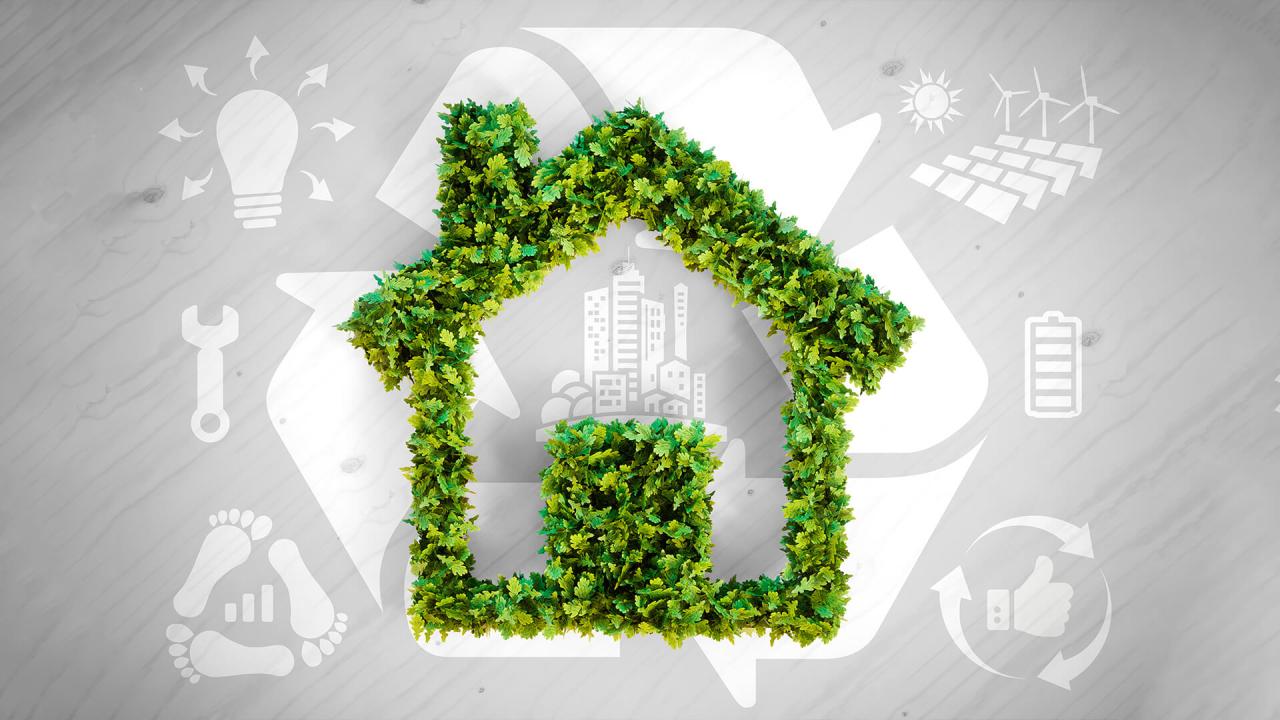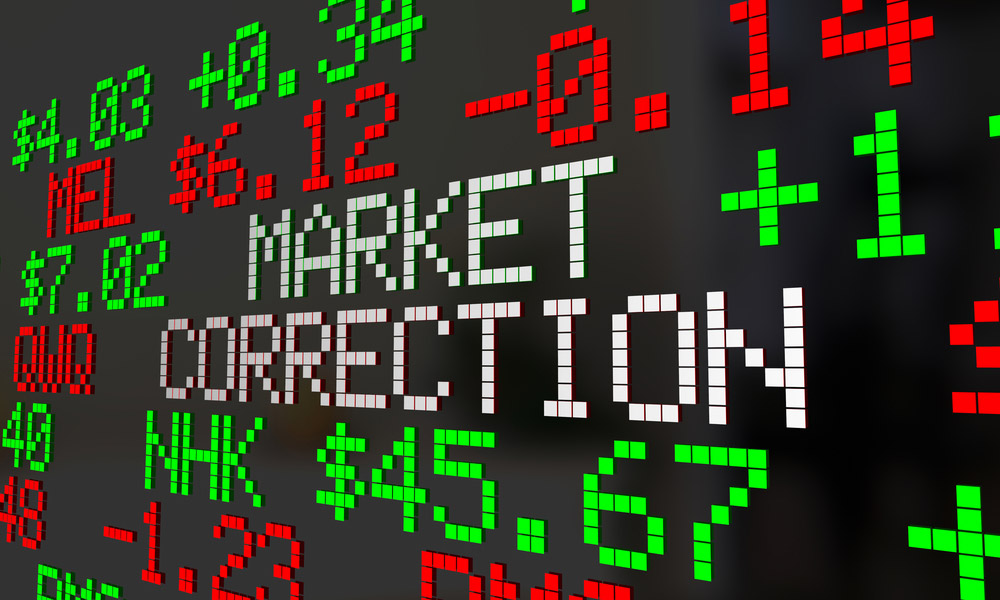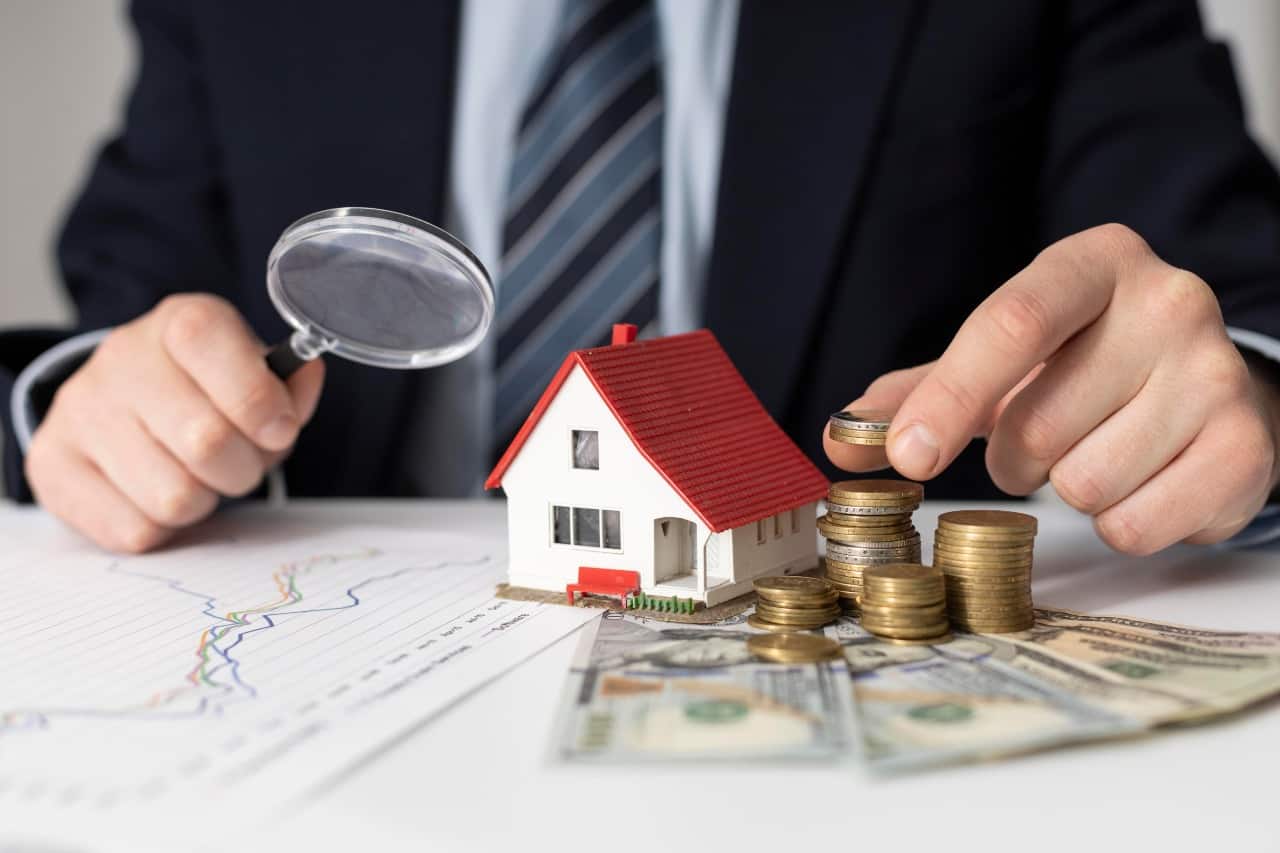The Foundations of Sustainable Living Projects
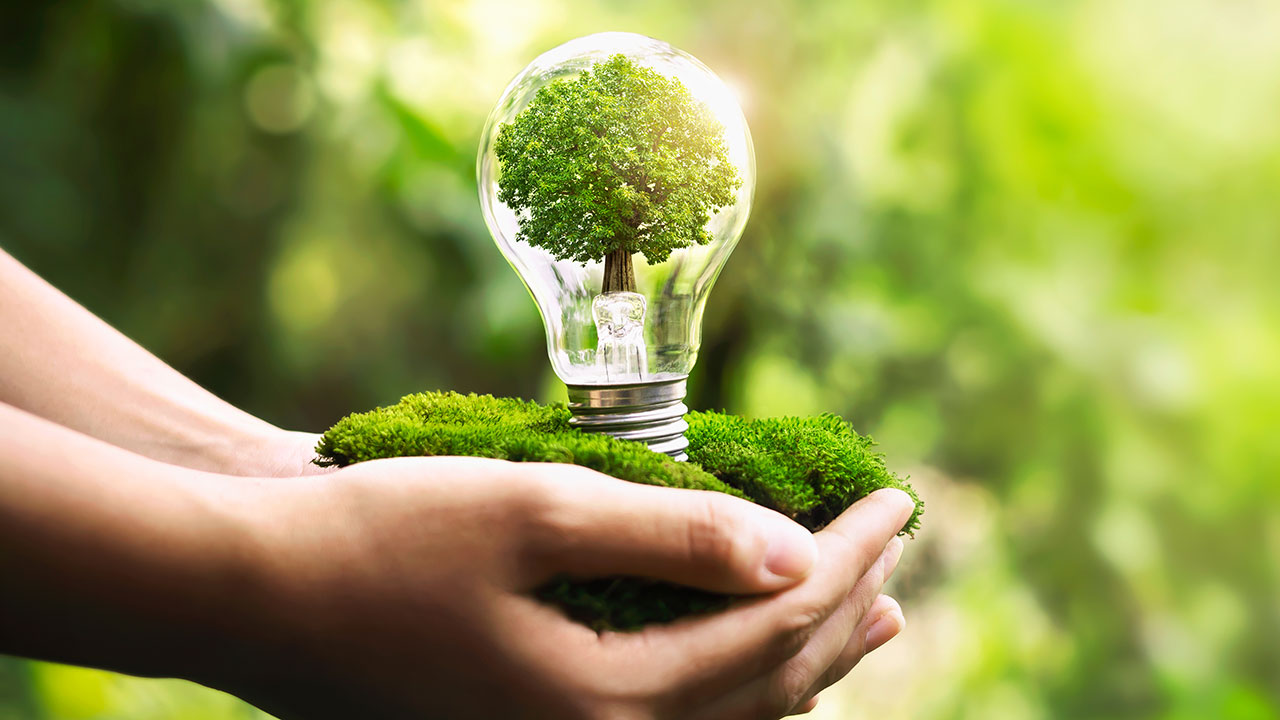
At its core, a sustainable living project aims to minimize its environmental impact, optimize resource use, foster social equity, and create economically viable systems, all while enhancing the well-being of its inhabitants. It’s a holistic approach to development.
A. Core Pillars of Sustainability
- Environmental Stewardship: This pillar focuses on minimizing the project’s ecological footprint. It involves:
- Resource Conservation: Reducing consumption of water, energy, and raw materials.
- Waste Reduction: Implementing strategies for recycling, composting, and upcycling to minimize landfill waste.
- Pollution Prevention: Mitigating air, water, and soil pollution generated during construction and operation.
- Biodiversity Protection: Designing projects that protect and enhance local ecosystems and natural habitats.
- Climate Change Mitigation: Reducing greenhouse gas emissions through energy efficiency and renewable energy adoption.
- Economic Viability: A sustainable project must also be economically feasible in the long run. This includes:
- Lower Operating Costs: Reducing utility bills and maintenance expenses for residents and operators.
- Increased Property Value: Enhancing the long-term value and market appeal of the properties.
- Local Job Creation: Supporting local economies through sustainable construction and operation jobs.
- Reduced Financial Risk: Minimizing exposure to volatile energy prices or resource shortages.
- Social Equity and Well-being: This pillar emphasizes creating healthy, inclusive, and thriving communities. It involves:
- Affordable Housing: Ensuring access to quality housing for diverse income levels within the project.
- Community Engagement: Fostering a strong sense of community, collaboration, and shared responsibility among residents.
- Health and Comfort: Providing access to natural light, good indoor air quality, green spaces, and amenities that promote physical and mental well-being.
- Accessibility: Designing spaces that are accessible to people of all ages and abilities.
- Local Food Systems: Encouraging community gardens or local food production to enhance food security and connect residents to their food sources.
B. Guiding Principles of Design and Development
- Bioclimatic Design: Designing buildings and communities that respond to the local climate (sun, wind, rain) to maximize passive heating, cooling, and natural light, significantly reducing reliance on mechanical systems.
- Closed-Loop Systems: Aiming to create systems where waste from one process becomes a resource for another (e.g., composting food waste for gardens, rainwater harvesting for irrigation), minimizing external inputs and outputs.
- Integration with Nature: Seamlessly blending the built environment with the natural surroundings, incorporating green spaces, natural waterways, and preserving existing ecosystems.
- Local Context and Culture: Designing projects that respect and integrate with the local cultural heritage, building traditions, and material availability, creating authentic and resilient communities. This is particularly important in a country like Indonesia with its rich regional diversity.
- Adaptive and Resilient Planning: Designing communities that can adapt to future challenges, such as climate change impacts (e.g., rising sea levels, extreme weather), resource shocks, and changing social needs.
Diverse Manifestations of Sustainable Living Projects
Sustainable living projects come in various forms and scales, each with unique characteristics and focuses, demonstrating the versatility of the concept.
A. Eco-Villages and Intentional Communities
- Community-Driven Development: Often initiated by groups of individuals committed to shared sustainable values, these projects prioritize collaborative decision-making, shared resources, and a strong sense of community.
- Integrated Systems: Eco-villages typically feature integrated systems for renewable energy (solar, wind), water management (rainwater harvesting, composting toilets, greywater recycling), organic food production (community gardens, permaculture farms), and ecological waste management.
- Educational Hubs: Many eco-villages serve as educational centers, demonstrating sustainable practices and hosting workshops on topics like natural building, permaculture, and renewable energy.
- Diverse Governance Models: From consensus-based decision-making to more structured co-housing models, eco-villages explore various forms of governance to manage shared resources and community life.
B. Net-Zero and Energy-Positive Communities
- Extreme Energy Efficiency: Buildings in these communities are designed with superior insulation, high-performance windows, airtight construction, and efficient HVAC systems to drastically reduce energy demand.
- On-Site Renewable Energy Generation: The remaining energy needs are met entirely by on-site renewable energy sources, primarily solar photovoltaic (PV) panels, potentially supplemented by small wind turbines or geothermal systems.
- Smart Grid Integration: Communities may feature smart grids that optimize energy distribution, allowing for energy sharing between homes and interaction with the broader electrical grid.
- Energy Storage Solutions: Battery storage systems (e.g., Tesla Powerwall) are often integrated to store excess renewable energy for use during periods of low generation or high demand, enhancing energy independence.
- Achieving Net-Zero (or Positive) Emissions: The ultimate goal is for the community to produce as much energy as (or more than) it consumes annually, effectively achieving net-zero or even energy-positive carbon emissions from operations.
C. Regenerative Urban Development and Green Infrastructure
- Urban Farms and Vertical Gardens: Converting underutilized urban spaces (rooftops, vacant lots, vertical walls) into productive farms provides local food, improves air quality, manages stormwater, and creates green amenities, fostering a more self-sufficient urban environment.
- Biophilic Design in Buildings: Integrating natural elements (e.g., indoor plants, natural light, water features, natural materials) into building design to improve occupant well-being, productivity, and connection to nature.
- Green Roofs and Walls: These not only add aesthetic value but also provide insulation, reduce urban heat island effect, absorb stormwater, and create habitats for urban biodiversity.
- Permeable Pavements and Rain Gardens: Replacing impervious surfaces with permeable materials and creating rain gardens helps manage stormwater runoff naturally, reducing flooding and replenishing groundwater.
- Integrated Water Management: Urban projects are adopting comprehensive water management strategies, including rainwater harvesting, greywater recycling, and on-site wastewater treatment, to minimize water consumption and pollution.
D. Eco-Tourism Resorts and Sustainable Hospitality
- Low-Impact Design and Construction: Resorts built with minimal disruption to the natural environment, often using local, sustainable materials and traditional building techniques. In Indonesia, this might mean using bamboo, reclaimed wood, and traditional Javanese or Balinese architectural styles.
- Responsible Resource Management: Implementing strict policies for energy and water conservation, waste reduction, and proper waste disposal (including composting and recycling) across the resort operations.
- Community Engagement and Local Sourcing: Working closely with local communities, employing local staff, sourcing food and goods locally, and supporting local cultural initiatives to ensure economic benefits remain within the region.
- Environmental Education and Conservation: Offering guests educational programs on local ecosystems, conservation efforts, and sustainable practices, encouraging responsible tourism. Many such projects in Raja Ampat or Komodo National Park in Indonesia are examples.
- Off-Grid Capabilities: Some resorts aim for partial or full off-grid operation, relying on solar power, water catchment, and on-site wastewater treatment to minimize their impact on remote natural areas.
Profound Benefits of Sustainable Living Projects
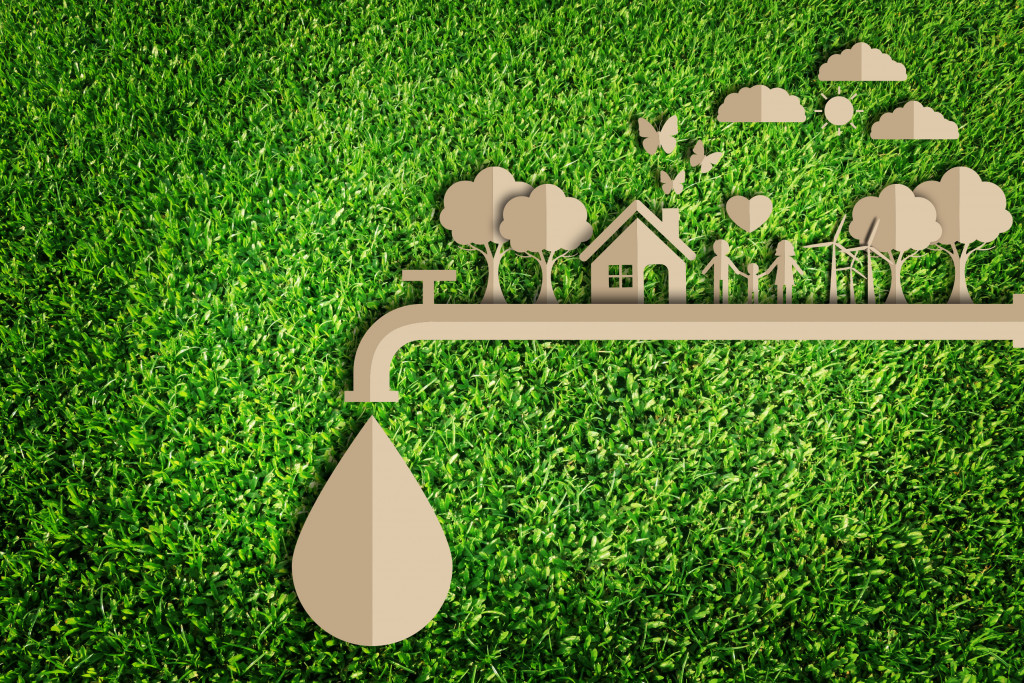
The widespread adoption of sustainable living projects yields transformative benefits that extend far beyond their immediate environmental impact.
A. Environmental Protection and Climate Resilience
- Reduced Carbon Footprint: By optimizing energy use, integrating renewables, and utilizing low-carbon materials, these projects significantly lower greenhouse gas emissions, directly contributing to climate change mitigation.
- Resource Conservation: Efficient use of water, energy, and raw materials minimizes consumption, reducing the strain on natural resources and promoting long-term availability.
- Waste Diversion and Pollution Reduction: Comprehensive waste management systems drastically reduce landfill waste, and improved building practices minimize air and water pollution, leading to healthier ecosystems.
- Enhanced Biodiversity: Integrated green spaces, native landscaping, and protected natural areas within these projects help preserve and enhance local biodiversity.
- Increased Resilience to Climate Change: Designing with adaptation in mind (e.g., flood-resistant structures, heat-mitigating green spaces) makes these communities more resilient to extreme weather events and climate impacts.
B. Economic Viability and Value Creation
- Lower Operating Costs: For residents and operators, significantly reduced utility bills (energy, water) translate into substantial long-term cost savings, improving affordability and profitability.
- Increased Property Value and Market Appeal: Sustainable homes and developments are increasingly desirable, often commanding higher sales prices, rental yields, and occupancy rates, as consumers prioritize health, efficiency, and environmental responsibility.
- Access to Green Financing and Incentives: Many governments and financial institutions offer preferential loans, grants, and tax incentives for sustainable living projects, making them more financially attractive.
- Job Creation: The green building sector creates new jobs in design, construction, manufacturing of sustainable materials, renewable energy installation, and specialized maintenance, boosting local economies.
- Reduced Risk Exposure: Less reliance on volatile fossil fuel markets and reduced vulnerability to environmental disasters provide greater financial stability and lower long-term risk for investors.
C. Social Well-being and Community Enhancement
- Improved Health Outcomes: Better indoor air quality, natural light, access to green spaces, and reduced exposure to pollutants contribute to improved physical and mental health for residents.
- Stronger Sense of Community: Shared values, common goals, and often communal spaces/activities foster stronger social bonds, collaboration, and a heightened sense of belonging among residents.
- Enhanced Quality of Life: Access to fresh, local food, recreational green spaces, and a peaceful, healthy environment significantly enhances the overall quality of life for inhabitants.
- Education and Awareness: Many sustainable living projects serve as living laboratories, educating residents and visitors alike on environmental issues and practical solutions, fostering greater environmental literacy.
- Increased Affordability: By optimizing resource use and leveraging innovative construction methods, some sustainable living projects aim to provide more affordable housing options, promoting social equity.
Challenges and Strategic Approaches for Implementation
While the benefits are compelling, scaling sustainable living projects faces various challenges, demanding innovative and collaborative solutions.
A. Key Challenges
- Perceived Higher Upfront Costs: Despite long-term savings, the initial investment for some sustainable materials, renewable energy systems, or specialized designs can be higher than conventional construction, deterring some developers or buyers.
- Regulatory Hurdles and Lack of Incentive: Outdated zoning laws, complex permitting processes, and a lack of consistent government incentives can hinder the development of innovative sustainable living projects.
- Supply Chain Limitations: The availability of certain sustainable materials or specialized technologies may still be limited in some regions, impacting cost-effectiveness and scalability.
- Knowledge and Skill Gaps: A lack of widespread knowledge, design expertise, and skilled labor in sustainable construction techniques can be a significant barrier to adoption.
- Financing Barriers: Traditional lenders may be less familiar with financing models for highly integrated or non-conventional sustainable living projects, making it harder to secure funding.
- Behavioral Change: Even in well-designed sustainable projects, achieving optimal performance often requires behavioral changes from residents (e.g., mindful energy use, proper waste sorting), which can be a challenge.
B. Strategic Approaches for Success
- Integrated Design Process (IDP): Adopt an IDP from the very beginning, bringing together architects, engineers, landscape designers, builders, and community stakeholders to collaboratively design the most efficient and holistic sustainable solutions.
- Showcase Pilot Projects and Data: Develop highly visible pilot sustainable living projects that demonstrate proven financial and environmental benefits through transparent data reporting. This builds trust and encourages broader adoption.
- Advocate for Progressive Policy: Engage with policymakers to advocate for updated zoning laws, streamlined permitting processes, and robust financial incentives (tax breaks, grants, low-interest loans) that support sustainable living projects.
- Invest in Education and Training: Develop educational programs and vocational training for architects, engineers, builders, and real estate professionals to build expertise in sustainable design and construction.
- Foster Public-Private Partnerships: Encourage collaboration between government entities, private developers, financial institutions, and non-profit organizations to share risks, pool resources, and scale sustainable living projects.
- Community Engagement and Co-creation: Involve future residents and the local community in the planning and design process to foster ownership, ensure the project meets their needs, and build a strong, resilient community.
- Leverage Technology (PropTech/ConTech): Utilize PropTech and ConTech for enhanced energy monitoring, waste management, smart building control, and efficient construction processes to maximize project performance and reduce costs.
- Promote Life Cycle Costing: Educate buyers and investors on the long-term financial benefits of sustainable living projects, emphasizing lower operating costs and higher resale values over initial upfront costs.
The Future of Sustainable Living
The trajectory of sustainable living projects points towards a future where human habitation not only minimizes harm but actively contributes to the regeneration of ecosystems and the flourishing of communities.
A. Hyper-Local and Resilient Systems
- Decentralized Utilities: Greater reliance on decentralized, localized systems for energy generation, water purification, and waste treatment, enhancing community resilience and reducing reliance on large, vulnerable central infrastructures.
- Closed-Loop Resource Management: Even more sophisticated closed-loop systems, where projects become “waste-to-resource” hubs, minimizing inputs and creating self-sustaining cycles.
B. Integration of Nature and Technology
- AI-Driven Bio-Integrated Design: AI will play a greater role in designing and managing projects that seamlessly integrate natural systems, optimizing everything from urban farming yields to building climate control based on real-time ecological data.
- Smart Eco-Districts: Entire urban districts designed as integrated sustainable living projects, where buildings, public spaces, and infrastructure work together as a single, intelligent, environmentally responsive ecosystem.
C. Focus on Social Innovation and Well-being
- Adaptive Housing Models: Development of highly flexible and adaptive housing units that can easily reconfigure to meet changing family structures, income levels, and lifestyle preferences over time.
- Biophilic Communities: Creating environments that are deeply connected to nature, promoting mental and physical health through pervasive green spaces, natural light, and sensory richness.
- Community Governance Models: Further evolution of inclusive governance models that empower residents to actively participate in the management and evolution of their sustainable living projects.
Conclusion
Sustainable living projects are at the vanguard of redefining human habitation, embodying a crucial shift towards a more responsible, resilient, and harmonious future. Driven by the urgent need to address environmental crises and a growing desire for healthier, more connected lifestyles, these initiatives demonstrate that building and living sustainably is not only possible but profoundly beneficial. While challenges persist in scaling these innovations, the multifaceted advantages—from environmental protection and economic viability to enhanced social well-being—underscore their undeniable importance. By embracing integrated design, leveraging technology, advocating for progressive policies, and fostering strong community engagement, we can collectively accelerate the development and adoption of sustainable living projects, ensuring that our built environments actively contribute to a thriving planet and flourishing societies for generations to come, especially as countries like Indonesia navigate their own paths of development and environmental stewardship. The future of living is sustainable, and it’s being built, one conscious project at a time.



